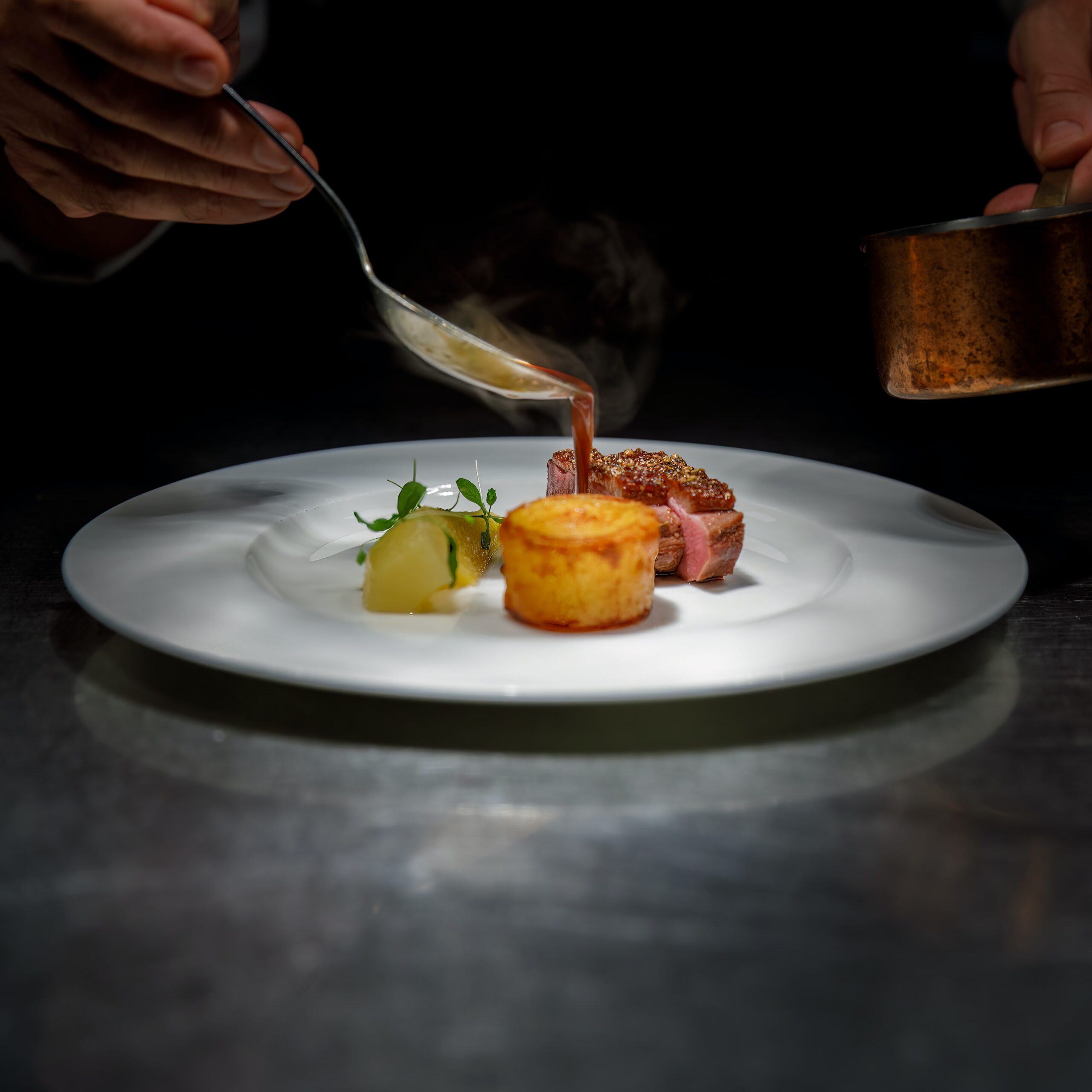
In the culinary world, sous vide cooking has gained immense popularity for its ability to produce tender and flavorful dishes. But beyond its gastronomic perks, have you ever wondered about the impact of sous vide on food safety? This article sheds light on how this cooking method can influence the safety of your meals, providing you with valuable insights to ensure that your sous vide adventures are not only delicious but also safe for consumption.
Understanding Sous Vide
Definition of Sous Vide
Sous vide, which means “under vacuum” in French, is a cooking technique that involves vacuum-sealing food in a bag and cooking it at a precise temperature in a water bath. This method ensures even cooking and enhances the flavor and texture of the food. Sous vide has gained popularity among home cooks and professional chefs due to its ability to deliver consistently delicious results.
History and Background of Sous Vide
Sous vide cooking originated in France in the 1970s and was initially used by gourmet chefs. It gained widespread recognition when commercial sous vide machines were introduced in the market in the 2000s. Today, sous vide has become a mainstream cooking technique embraced by culinary enthusiasts, enabling them to achieve restaurant-quality meals in the comfort of their own homes.
Basic Techniques of Sous Vide
The basic techniques of sous vide involve three main components: water bath, vacuum-sealed bags, and precise temperature control. First, the food is placed in a vacuum-sealed bag, removing any excess air. The bag is then submerged in a water bath that is heated to a specific temperature using a sous vide precision cooker or an immersion circulator. The cooker maintains a constant temperature throughout the cooking process, ensuring the food is cooked evenly and to the desired level of doneness.
Food Safety Considerations
Microbial Growth and Safety of Sous Vide
Food safety is a major concern when it comes to sous vide cooking. The gentle and prolonged cooking process, combined with the airtight vacuum-sealed bags, creates an environment that can promote microbial growth if not properly controlled. This is why understanding and implementing appropriate safety measures is crucial when preparing sous vide meals.
Temperature Control in Sous Vide
Temperature control is paramount in sous vide cooking for both food safety and taste. The low-temperature cooking used in sous vide can create an ideal environment for the growth of harmful bacteria if the temperature is not adequately monitored. It is important to ensure that the water bath reaches and maintains a temperature that is high enough to kill bacteria and prevent foodborne illnesses.
Vacuum Sealing and its Impact on Food Safety
Vacuum sealing is an integral part of the sous vide technique, as it allows for maximum flavor retention and enhances the tenderness of the food. However, improper vacuum sealing can pose risks to food safety. If the seal is not airtight or if the bags are damaged, it can lead to the growth of bacteria or cross-contamination. It is essential to check the seal integrity before cooking and discard any bags that show signs of leakage or damage.
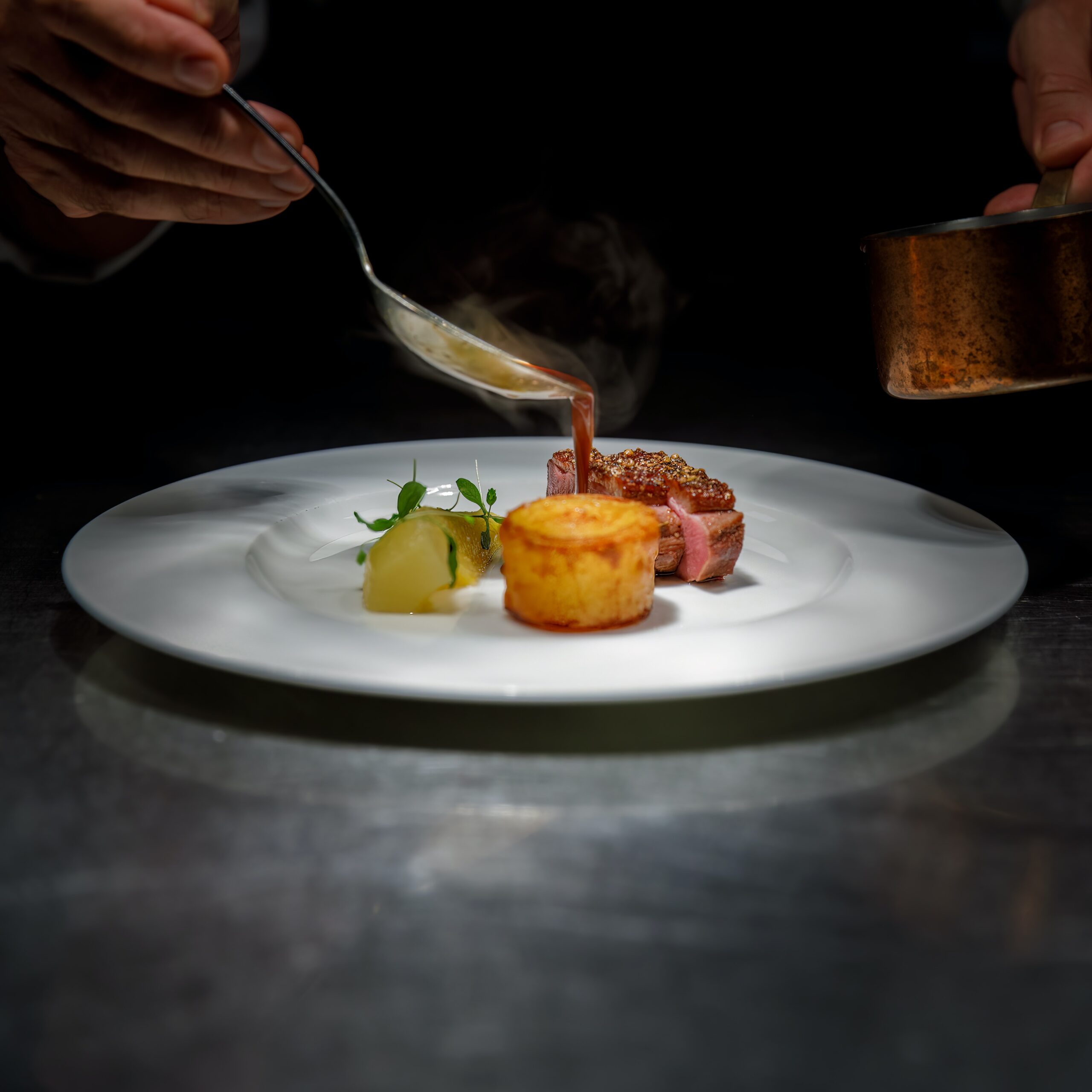
Culinary Risks and Precautions
Risks of Insufficient Pasteurization
One of the potential risks of sous vide cooking is insufficient pasteurization. Pasteurization is the process of heating food to a specific temperature for a certain amount of time to kill harmful bacteria. If the cooking temperature and time are not calibrated correctly, there is a risk that harmful bacteria may survive, leading to foodborne illnesses. It is crucial to follow recommended cooking times and temperature guidelines to ensure proper pasteurization.
Importance of Proper Cooking Times
Proper cooking times play a significant role in sous vide food safety. It is essential to cook food for a sufficient amount of time to ensure that harmful bacteria are effectively eliminated. Undercooked food can increase the risk of foodborne illnesses. Understanding the recommended cooking times for different types of food and adjusting accordingly is crucial for achieving both safety and optimal taste.
Potential for Cross-Contamination
Cross-contamination is a concern in any type of cooking, and sous vide is no exception. When preparing sous vide meals, it is important to prevent the spread of bacteria from raw foods to cooked foods. This can be achieved by practicing good hygiene, using separate cutting boards for raw and cooked ingredients, and properly sanitizing equipment and surfaces throughout the cooking process.
Bacterial Concerns in Sous Vide Cooking
Salmonella
Salmonella is a common bacteria that can cause foodborne illnesses when consumed. It is typically found in raw poultry, eggs, and unpasteurized milk. When cooking sous vide, it is essential to cook poultry and eggs thoroughly to eliminate the risk of Salmonella contamination. Maintaining proper cooking temperatures and times is crucial for ensuring that the food is safe to eat.
Listeria Monocytogenes
Listeria monocytogenes is a bacteria that can cause listeriosis, a serious foodborne illness. It is commonly found in raw or contaminated dairy products, deli meats, and smoked seafood. When cooking sous vide, it is important to heat foods containing these ingredients to the recommended temperature to kill any potential Listeria monocytogenes bacteria.
Clostridium Perfringens
Clostridium perfringens is a bacteria that can cause food poisoning. It is commonly found in meat, poultry, and gravies. Sous vide cooking can create an environment for the growth of Clostridium perfringens if the food is not cooked at a high enough temperature or held at a safe temperature after cooking. Proper temperature control is crucial to prevent the growth of this bacterium.
Campylobacter
Campylobacter is a bacteria commonly found in raw poultry, unpasteurized milk, and contaminated water. It can cause foodborne illnesses if consumed. Properly cooking poultry and ensuring it reaches the recommended temperature can effectively kill Campylobacter bacteria and reduce the risk of foodborne illnesses in sous vide cooking.
Escherichia Coli
Escherichia coli (E. coli) is a bacteria that can cause severe foodborne illnesses, especially strains like E. coli O157:H7. It is commonly found in undercooked ground beef, raw vegetables, and contaminated water. Proper cooking temperatures and times are essential to kill off any potential E. coli bacteria in food prepared using the sous vide technique.
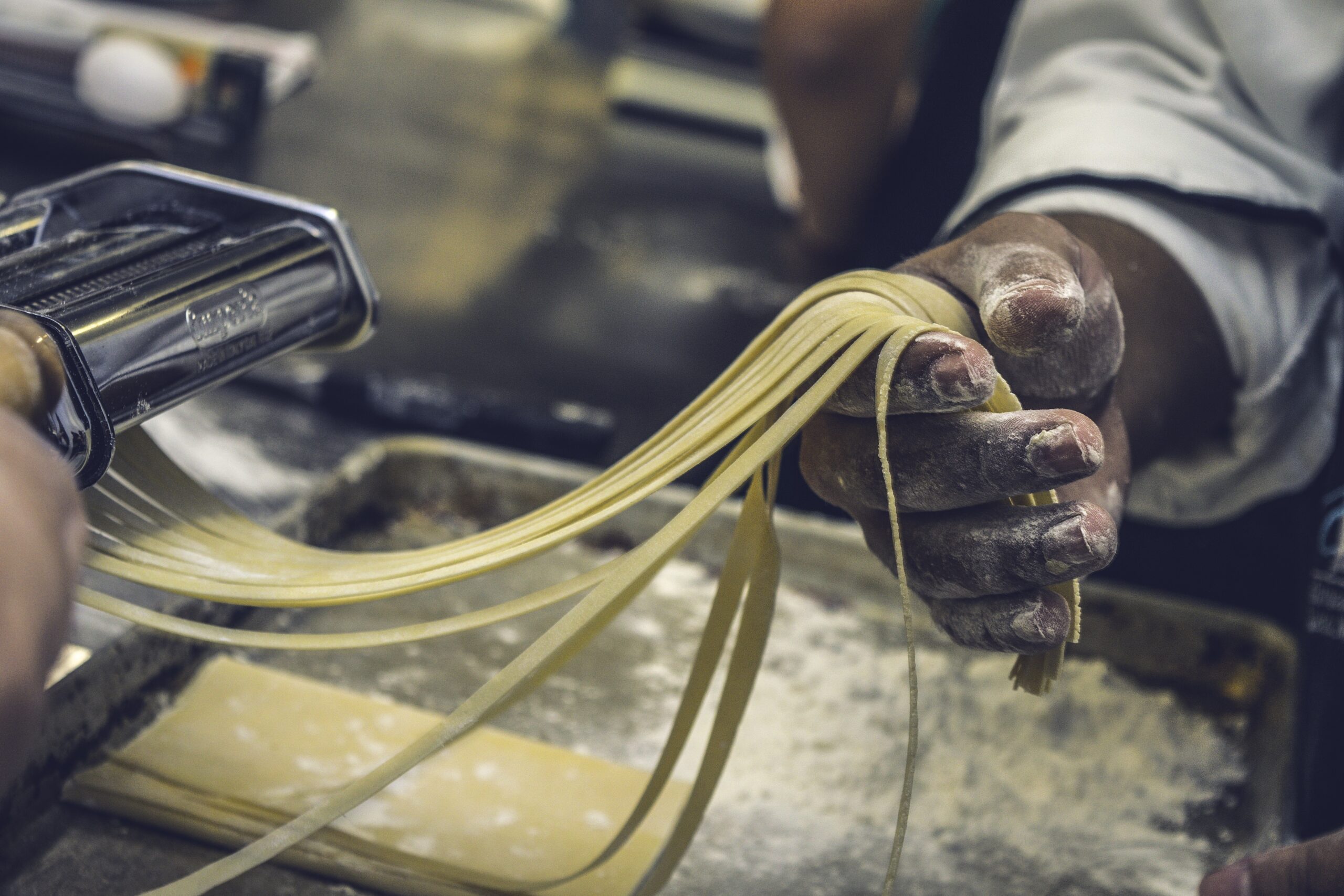
Proper Handling and Storage
Purchasing Fresh Ingredients
When it comes to sous vide cooking, using fresh, high-quality ingredients is crucial for both safety and taste. It is recommended to purchase ingredients from reputable sources and ensure they are fresh and within their expiration dates. Inspecting the quality of the ingredients before vacuum-sealing and cooking is important to minimize any risks of contamination.
Preparation of Ingredients
Proper preparation of ingredients is an essential step in sous vide cooking to ensure food safety. Thoroughly wash fruits and vegetables before use to remove any dirt or contaminants. Trim excess fat from meats, and remove any bones or gristle that could hinder even cooking. Taking these precautions can help minimize the risk of bacterial growth during the cooking process.
Safe Storage and Reheating
After cooking sous vide, it is important to handle the food properly to maintain its safety. If not consumed immediately, the cooked food should be rapidly chilled to prevent bacterial growth. Proper storage in airtight containers and refrigeration at safe temperatures is crucial. When reheating sous vide food, it is recommended to bring it up to the desired serving temperature to ensure any potential bacteria are killed off.
Foodborne Illness Prevention
Importance of Monitoring Temperature
Monitoring temperature is key to preventing foodborne illnesses in sous vide cooking. Investing in a reliable sous vide precision cooker or an immersion circulator with temperature control is highly recommended. It is crucial to follow the recommended cooking temperatures and times to ensure that the food reaches a temperature that kills harmful bacteria and prevents the risk of foodborne illnesses.
Importance of Proper Vacuum Sealing
Proper vacuum sealing is essential for maintaining both food safety and quality in sous vide cooking. It is important to ensure that the bags are tightly sealed without any leaks or damage. Utilizing a vacuum sealer specifically designed for sous vide cooking can help achieve a proper seal. Vigilance in checking the integrity of the seal before cooking is crucial to reduce the risk of bacterial contamination.
Avoiding Cross-Contamination
To prevent cross-contamination during sous vide cooking, it is vital to practice good hygiene and maintain a clean cooking environment. Wash hands thoroughly before handling food, and use separate cutting boards, utensils, and containers for raw and cooked ingredients. Properly sanitizing equipment and surfaces throughout the cooking process can help minimize the risk of cross-contamination.
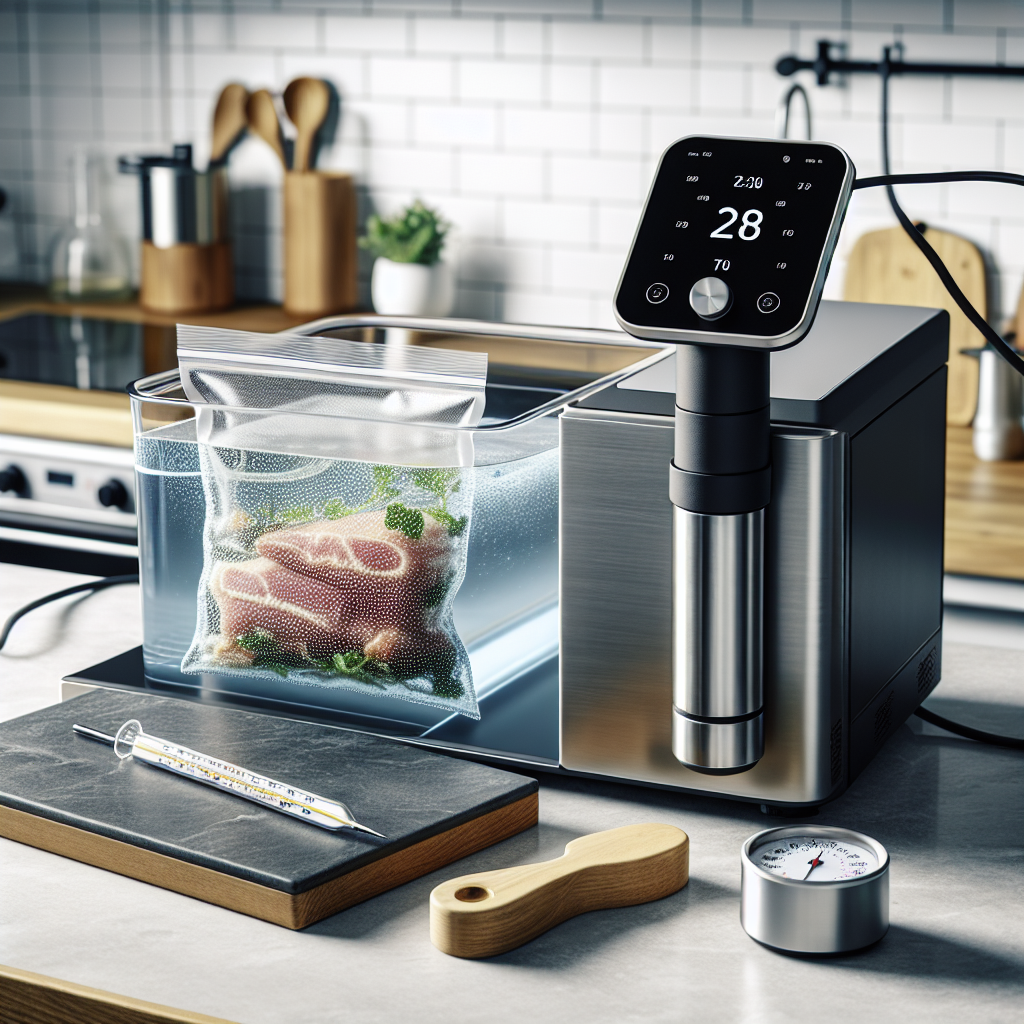
Safety Standards and Guidelines
USDA Guidelines for Sous Vide
The United States Department of Agriculture (USDA) has provided guidelines for safe sous vide cooking. These guidelines include recommended cooking times and temperatures for various types of food. It is essential to follow these guidelines to ensure food safety and prevent the risk of foodborne illnesses.
FDA Recommendations for Sous Vide
The Food and Drug Administration (FDA) also provides recommendations for safe sous vide cooking. These recommendations focus on proper temperature control, refrigeration, and storage practices to minimize the risk of bacterial growth and foodborne illnesses. Adhering to these recommendations is crucial for maintaining food safety in sous vide cooking.
Professional Culinary Safety Standards
Professional culinary organizations and culinary schools have established safety standards for sous vide cooking. These guidelines emphasize proper temperature control, vacuum sealing techniques, and handling practices to ensure food safety. Professionals in the culinary industry are trained to adhere to these safety standards to provide safe and delicious sous vide meals.
Consumer Tips for Sous Vide
Using Reliable Equipment
Investing in reliable sous vide equipment, such as a precision cooker or immersion circulator, is key to maintaining food safety. Quality equipment with accurate temperature control is essential to ensure that the food reaches the required temperatures to eliminate harmful bacteria and prevent foodborne illnesses. Prioritizing safety when choosing equipment is crucial for successful sous vide cooking.
Ensuring Properly Sealed Packages
Checking the integrity of the vacuum-sealed bags before cooking is crucial to prevent food safety issues. Ensure that the bags are airtight, without any leaks or damage. Properly sealed packages help maintain the quality and safety of the food during the sous vide cooking process. If any bags show signs of leakage or damage, it is advisable to discard them and use new ones.
Following Recommended Cooking Times
Following recommended cooking times for different types of food is essential for both food safety and taste. These cooking times are designed to ensure that harmful bacteria are eliminated, while the food retains its desired texture and flavor. It is crucial to accurately follow the recommended cooking times to achieve safe and delicious sous vide meals.
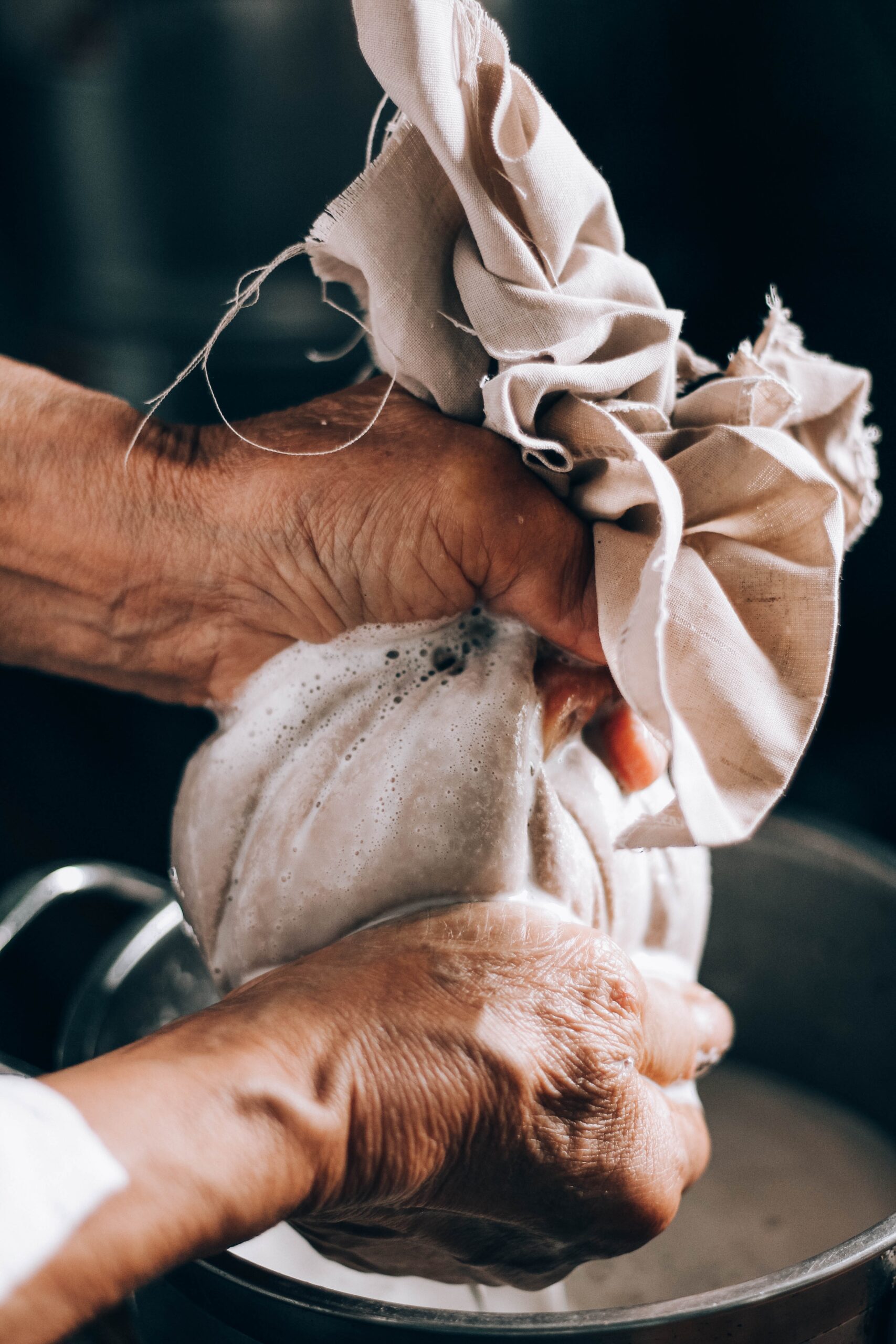
Conclusion
Sous vide cooking offers a unique and flavorful way to prepare food, but it also poses certain food safety considerations. Understanding the potential risks associated with sous vide and implementing proper safety measures is crucial for safe and enjoyable cooking. By following recommended guidelines, monitoring temperature control, practicing safe handling and storage, and prioritizing proper hygiene, you can confidently enjoy the benefits of sous vide cooking while ensuring food safety for you and your loved ones.



